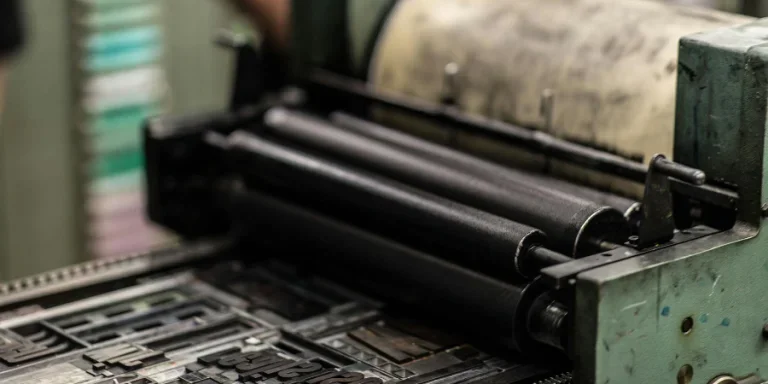In the realm of digital printing, inkjet printers have carved out a significant niche, offering unparalleled versatility and efficiency. This article delves deep into the essence of inkjet printers, unraveling the aspects that make them a staple in both homes and offices. By exploring their functionality, cost-effectiveness, print quality, speed, and environmental impact, we aim to provide a comprehensive understanding of their role in today’s fast-paced digital world.
Table of Contents:
– Understanding inkjet technology
– Evaluating cost-effectiveness
– Assessing print quality
– Speed and efficiency in printing
– Environmental considerations
Understanding inkjet technology
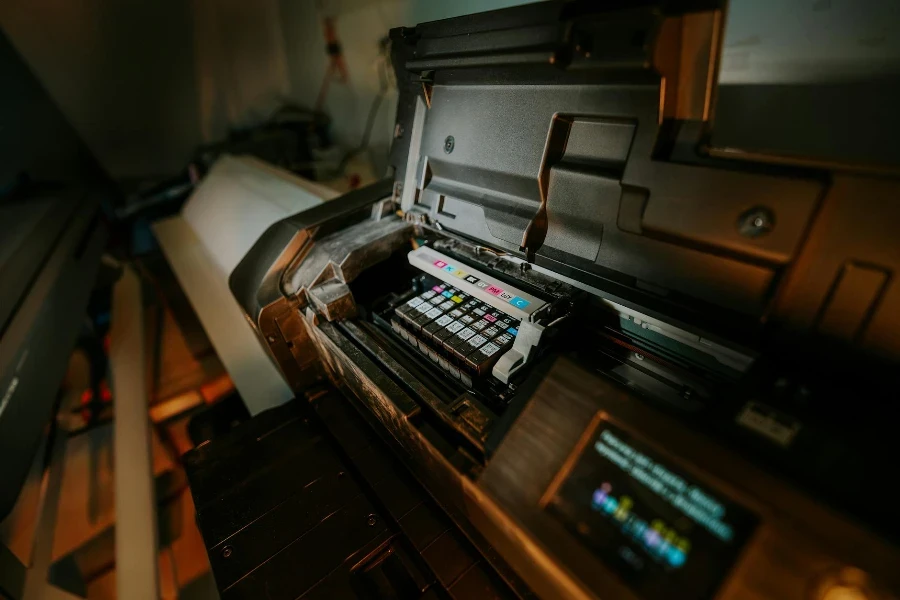
Inkjet technology, at its core, is a marvel of precision engineering. It operates on the principle of propelling microscopic droplets of ink onto paper, creating images or text. This section of the article will explore the technical intricacies behind inkjet printing, including the different types of inkjet technology—such as continuous and drop-on-demand (DOD)—and their respective advantages. Understanding how these technologies work is crucial for anyone looking to make an informed decision about their printing needs.
Moreover, the evolution of inkjet printers over the years has been significant. With advancements in technology, modern inkjet printers offer improved efficiency and functionality. This has expanded their use beyond simple document printing to more complex tasks like photo printing and fabric printing. The versatility of inkjet printers is one of their most compelling attributes, catering to a wide array of printing needs.
Lastly, the innovation in ink formulations has played a pivotal role in enhancing the performance of inkjet printers. From dye-based inks to pigment-based inks, the choice of ink affects not only the print quality but also the durability and application of the printed material. This section will shed light on the considerations to keep in mind when selecting an inkjet printer based on ink type.
Evaluating cost-effectiveness
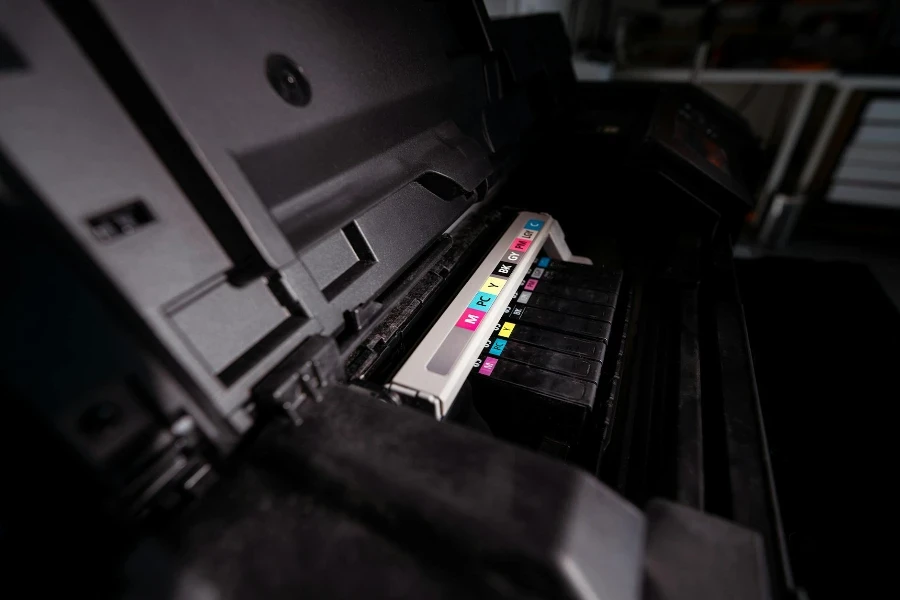
When it comes to printing, cost is a significant factor for both individuals and businesses. This section will dissect the cost-effectiveness of inkjet printers, considering both initial investment and long-term expenses. Inkjet printers are often perceived as being more affordable than their laser counterparts, but the total cost of ownership can vary based on usage patterns and ink costs.
Furthermore, the advent of refillable ink tank systems has revolutionized the cost dynamics associated with inkjet printing. These systems significantly reduce the cost per page, making high-volume printing more economical. This is a critical aspect for businesses that rely heavily on printing for their operations.
In addition, the maintenance and operational costs of inkjet printers are important considerations. Regular maintenance is essential to ensure the longevity and optimal performance of the printer. This section will provide insights into maintaining an inkjet printer and managing operational costs effectively.
Assessing print quality
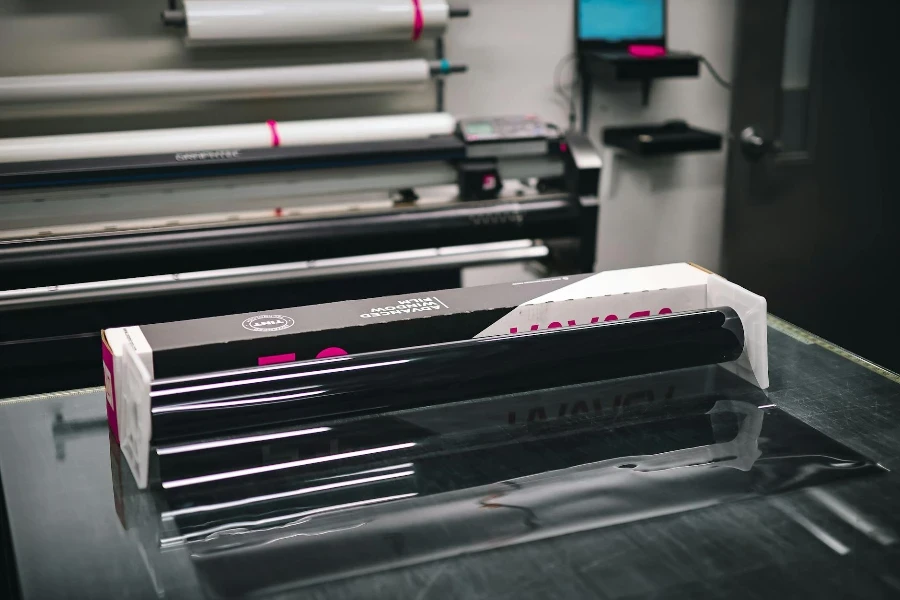
Print quality is paramount, and inkjet printers have made remarkable strides in this domain. This section will delve into the factors that influence print quality, including resolution, ink type, and paper quality. Inkjet printers are renowned for their superior color accuracy and ability to produce high-resolution prints, making them ideal for photo printing and detailed graphics.
Moreover, the impact of print settings on quality cannot be overstated. Adjusting the print settings according to the type of document or image being printed can significantly enhance the output quality. This section will offer guidance on optimizing print settings for various printing tasks.
Additionally, the role of paper quality in achieving high print quality will be examined. The compatibility of inkjet printers with a wide range of paper types adds to their versatility, but choosing the right paper is crucial for obtaining the best results.
Speed and efficiency in printing
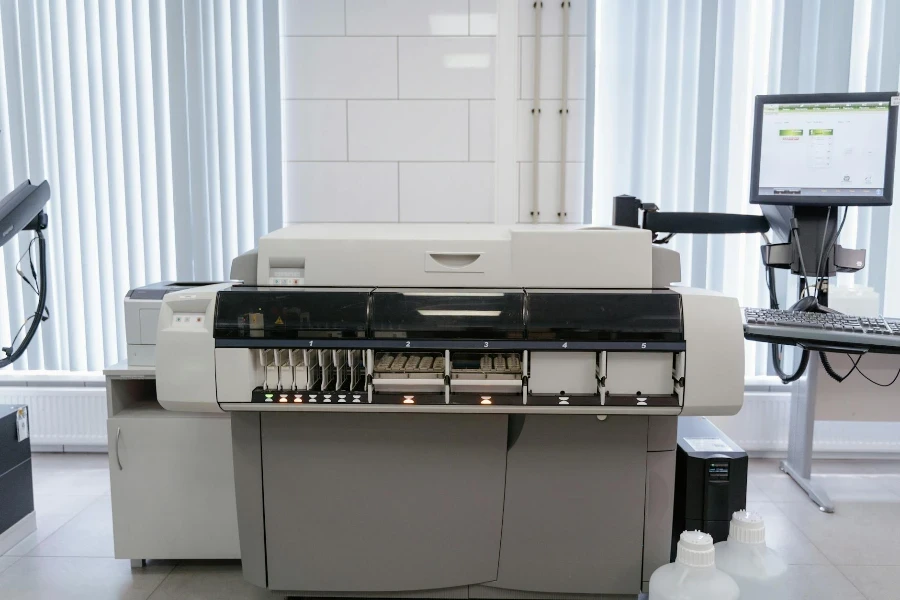
In a fast-paced world, the speed and efficiency of printers are critical. This section will compare the printing speeds of inkjet printers with other types of printers, highlighting where inkjet printers excel and where they may fall short. Despite misconceptions, modern inkjet printers have achieved impressive speeds without compromising print quality.
Energy efficiency is another aspect where inkjet printers have seen significant improvements. This section will explore the energy consumption patterns of inkjet printers and how they compare to other printing technologies. For businesses and environmentally conscious individuals, understanding the energy efficiency of a printer is essential.
Furthermore, the efficiency of ink usage in inkjet printers will be discussed. Efficient ink usage not only reduces costs but also minimizes environmental impact. This section will offer tips on maximizing ink efficiency and reducing waste.
Environmental considerations

The environmental impact of printing technology is a growing concern. This section will address the sustainability of inkjet printers, focusing on ink composition, energy consumption, and recyclability. Inkjet printers have the potential to be more environmentally friendly than other types of printers, but making informed choices is key.
Moreover, the development of eco-friendly inks and recyclable materials for inkjet printers is a positive step toward sustainability. This section will highlight the advancements in eco-friendly printing solutions and how consumers can contribute to a greener planet by choosing sustainable printing options.
Lastly, the importance of recycling and proper disposal of ink cartridges and printers will be emphasized. Responsible recycling practices can significantly reduce the environmental footprint of inkjet printing, and this section will provide practical advice on how to recycle effectively.
Conclusion:
Inkjet printers embody a blend of innovation, efficiency, and versatility, making them an indispensable tool in both personal and professional settings. By understanding the technology behind inkjet printing, evaluating cost-effectiveness, assessing print quality, considering speed and efficiency, and acknowledging environmental considerations, consumers can make informed decisions that align with their printing needs and values. As inkjet technology continues to evolve, its potential to meet the demands of the digital age grows, offering promising prospects for the future of printing.
